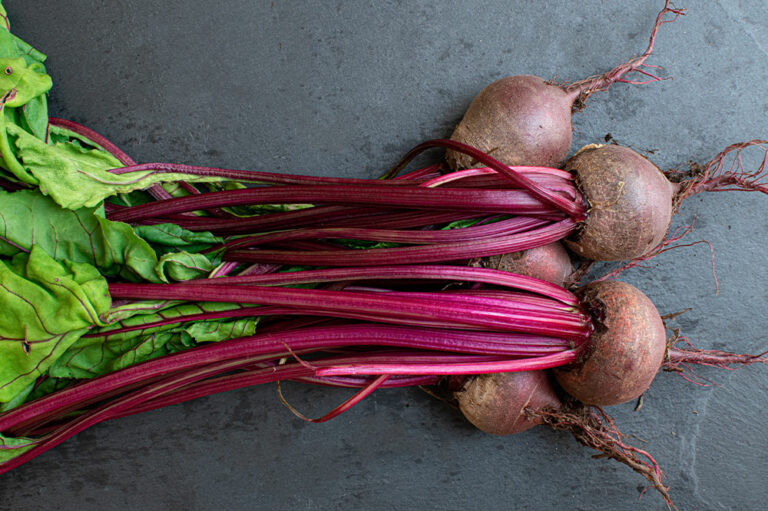6 warning signs of eosinophilic esophagitis

Eosinophilic esophagitis is a chronic digestive disorder that occurs due to an increased number of eosinophils (a type of white blood cell) in the esophagus. It could be a result of genetic factors, food allergies, or health conditions such as asthma and parasitic infections. When left untreated, it can lead to severe complications. This article explores the warning signs of eosinophilic esophagitis to help one recognize them and seek prompt treatment.
Difficulty swallowing (dysphagia)
One of the most common signs of eosinophilic esophagitis (EoE) is experiencing difficulty swallowing. It may affect people of all ages and is also known as dysphagia. This condition occurs due to swelling in the esophagus, which disrupts swallowing. As a result, people with EoE often have to drink lots of fluids to help them swallow their food.
Moreover, in some cases, the esophagus may become too narrow. This can lead to food getting stuck in the esophagus (impaction), which can be life-threatening.
Stunted growth
Difficulties in swallowing may lead to nutritional deficiencies in children with EoE. Children with this condition may also become irritable, refusing to eat or drink. This can cause malnutrition and stunted growth, along with other symptoms such as decreased appetite, abdominal pain, vomiting, and failure to thrive (FTT).
Chest pain
Many people with EoE may also experience chest pain and heartburn. This pain is centrally located and may not respond to treatment. As a result, it is often mistaken for a heart attack, making it imperative to receive a proper diagnosis from one’s healthcare provider.
Regurgitation
Some individuals with EoE may also experience a backflow of undigested food. This can cause nausea, vomiting, or regurgitation.
Trouble sleeping
In some cases, EoE may cause severe discomfort, making it difficult for one to sleep comfortably.
Shortness of breath
EoE can cause irritation and swelling in the tissues that line the esophagus. In more severe cases, this can cause difficulty breathing or talking. One must call emergency services immediately if this occurs.
EoE symptoms may not be consistent throughout the year. For most people, these flares tend to worsen seasonally, generally around spring and summer, when pollen counts are high. Lifestyle adjustments and treatment options can help those with EoE manage their condition.










